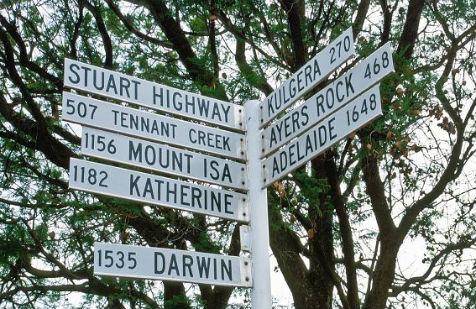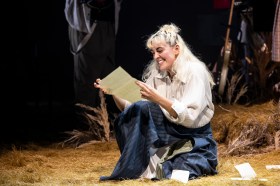Australia’s dispersed population – its vast tyrannies of distance – has created a major, ongoing, cultural divide. The relative costs of consuming culture between bush and city are starkly skewed in favour of the city, and may be getting worse as culture goes digital and the disparity in access, speed and reliability of broadband makes the bush relatively worse off.
The cultural divide is starkly revealed in the first detailed ‘cultural price index’ constructed for Australia. This year, Centre for Creative Industries (CCI) researchers developed a method to show the full cost of a standardized basket of six cultural consumption items for a representative Australian household at 30 Australian locations, including all States and Territories, and for a mix of large metro cities, regional centres, and country and remote towns.
It was the first study of its kind in Australia. It turns out that Perth and Adelaide have the greatest cultural affordability. Then Melbourne, Sydney, Brisbane and Canberra. Wollongong, Gold Coast and Darwin are relatively more expensive again.
But these are relatively closely clustered; they lie within a 5 to 50 percent range of each other. The real divide occurs when we attempt to purchase the mainstream cultural basket in regional and remote Australia, where the index climbs to 200-500 percent higher. In quintessentially remote Birdsville, the index is 1300 percent higher. What can be done about it?
It is critical that the National Broadband Network’s rollout in regional Australia embeds cultural access and participation at the heart of its strategic focus. The National Cultural Policy discussion paper wants to ‘better connect what Australia is doing in the areas of arts and creative industries with other mainstream initiatives, such as the rollout of the National Broadband Network’.
And Minister Crean has dubbed the NBN ‘the most important piece of cultural infrastructure Australia has ever seen’. One of the most important dimensions of the NBN – one that differentiates it from almost all other fast broadband plans – is the symmetry it offers between download and upload capability.
Regional Australia will enjoy much faster downloads (cultural consumption will be easier and cheaper), but there will also be huge new potential for cultural participation, exchange, profiling and production.
This includes such benefits as”
- hyperlocal journalism providing coverage lost through broadcasting aggregation
- hundreds of regional museums displaying their wares across the nation, and
- new businesses made viable by the access provided by fast broadband.
ABC can also play a part. For instance, ABC Open is an initiative to employ new producers in regional Australia facilitating, publishing and curating local content and stories. Currently, it has producers in 21 regions across Australia and looks to roll out the scheme to include 45 regions this year.
When NBNCo takes its Mobile Education Trailer around the roll-out sites, and when its National Test Facility at Docklands in Melbourne invites the public in, the dynamics and benefits of cultural access and participation will need to be part and parcel.
The government and NBNCo should ensure that resources that promote the benefits and practicalities of community cultural participation through fast broadband are provided at each roll-out site and are integral to publicity and community awareness campaigns.





